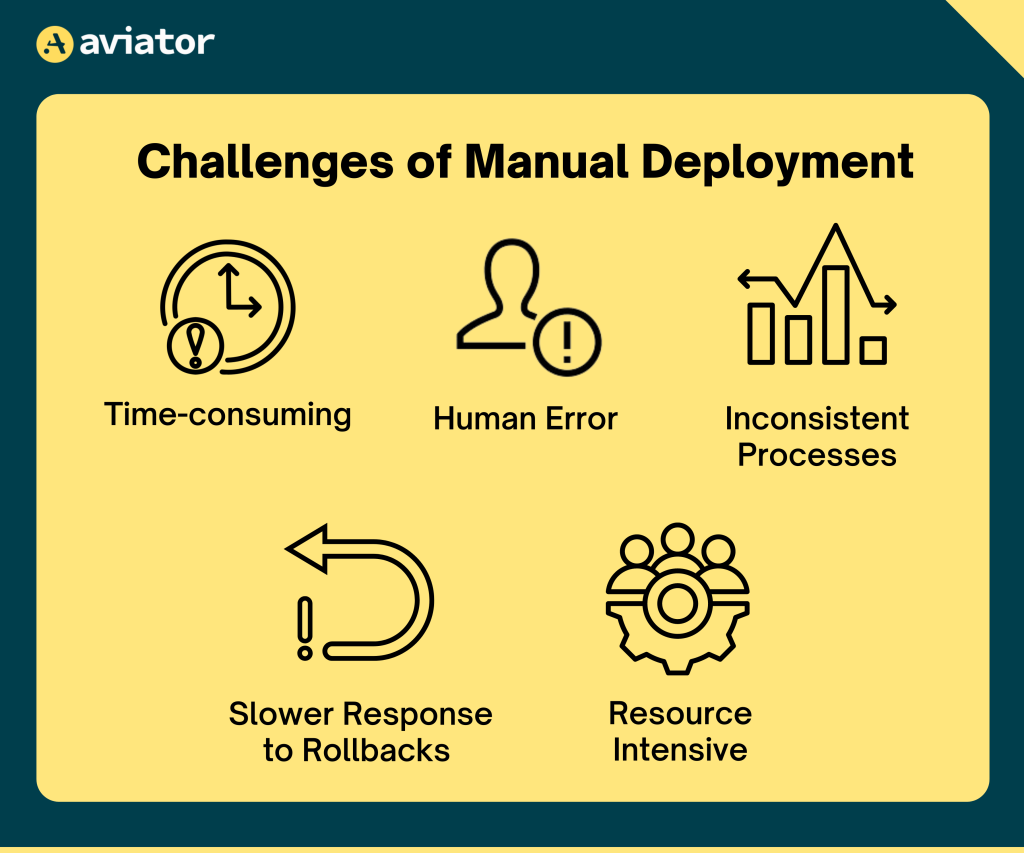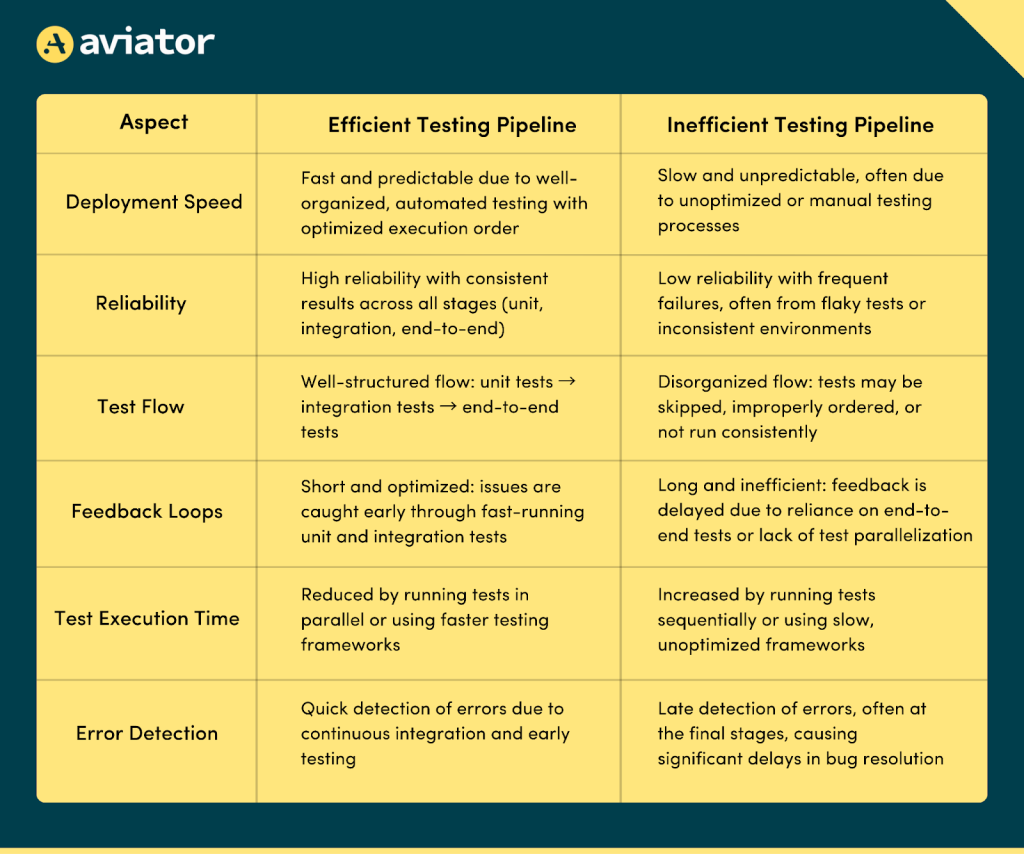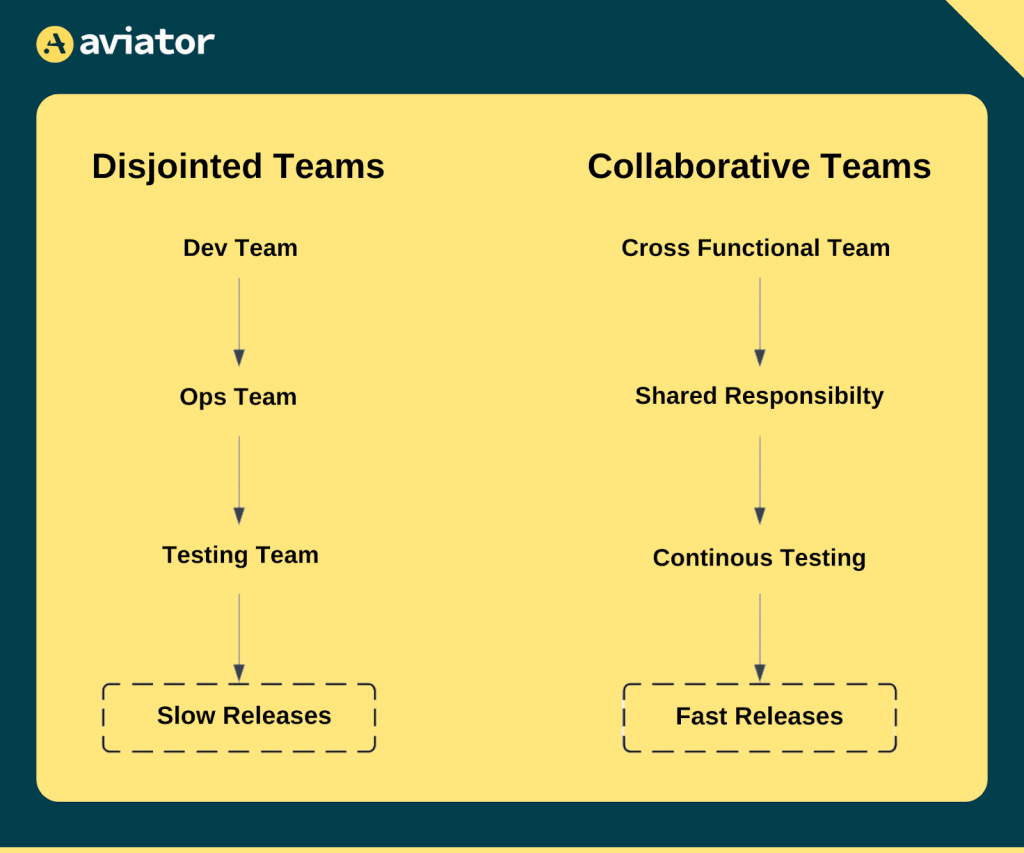3 Factors that Affect Your Deployment Frequency in the Development Life Cycle

In software delivery, shipping updates quickly while ensuring stability is important. Yet, as teams push to deploy more frequently, unexpected obstacles often arise. Even with solid infrastructure, something may still be holding you back. So, what’s missing?
Let’s explore three important factors that could be affecting your deployment frequency and, more importantly, how to address them for smoother, faster releases.
Introduction
Deployment frequency refers to how often your team pushes updates—whether it’s new features, bug fixes, or patches—into production. For developers and DevOps engineers, this can feel like a measure of your team’s overall agility. In real-world terms, think about companies like Netflix, which deploys thousands of times a day, or Google, where updates roll out seamlessly across their vast infrastructure. When your deployment frequency is high, you’re able to ship updates more frequently, fixing issues faster and delivering new features sooner.
It is one of the four key DORA metrics—along with Lead Time for Changes, Mean Time to Recovery (MTTR), and Change Failure Rate—used to measure the delivery performance of software teams. These metrics give a clear sense of how efficiently your team is getting value to end users. If you need a refresher, check out this guide.
Of these, deployment frequency is an important indicator of how quickly your team can release updates, reflecting your team’s agility in shipping new features, bug fixes, or patches. However, many teams still find it challenging to increase deployment frequency. The root causes often lie in lack of CI/CD automation, slow or unreliable testing processes, and communication breakdowns between teams.
The data in the above graph is sourced from the State of DevOps report from DORA.
Let’s break down how each of these elements can derail your deployment speed and what you can do to get ahead.
1. Lack of Automated Rollbacks in the CI/CD Pipeline
Have you ever been caught off guard trying to undo a release when things go wrong? It’s a familiar situation—manually rolling back a bad deployment eats up time and opens the door to more mistakes, especially during high stakes of an outage. When rollbacks depend on manual steps, like reverting code, redeploying older versions, or manually fixing database states, it not only slows recovery but adds complexity.
A key solution is automated rollbacks, which allow teams to revert to a previous stable state with minimal effort—ideally through a simple one-click process. This is different from automatic rollbacks, where the system reverts changes without human interaction based on predefined failure criteria. While both are useful, having a well-defined, reliable system for triggering rollbacks is essential to provide psychological safety during high-stress outages.
Without automation, teams are left manually reversing changes by restoring previous builds or running scripts, making recovery slower and riskier. The absence of feature flags or phased rollouts exacerbates the situation, making it more difficult to contain the impact of bad changes, such as breaking APIs or disrupting critical user flows.
To address this, automate your rollbacks and increase visibility into your CI/CD process. Tools like Aviator Release offer greater control over releases by enabling automated rollback strategies. Paired with feature flags or phased rollouts, these tools allow you to deploy changes incrementally and quickly revert them if something goes wrong. This approach reduces concern about breaking production and allows teams to ship faster, knowing they have a safety net.

2. Inefficient Testing Processes and Lack of Confidence in Test Infrastructure
Testing can either speed up your deployments or grind them to a halt. If your tests are slow or unreliable, it can feel like you’re stuck in a never-ending cycle, waiting for feedback. It’s common for tests to not catch critical issues, like edge cases or tricky bugs. Even teams with high test coverage can run into this, where automation doesn’t necessarily mean the right issues are being caught.
The real challenge isn’t just having automated tests—it’s having the right tests. You need tests that target the most important areas and give solid, trustworthy feedback. If your tests aren’t catching key issues, it’s natural for developers to hesitate before deploying. Without that confidence, releases get delayed as teams try to avoid pushing broken code to production.
To fix this, focus on smarter test implementation rather than just increasing coverage. It’s about balance: adding targeted unit tests, integration tests, and end-to-end tests that reflect how users interact with the system. This helps you catch bugs earlier and faster, which in turn, shortens the feedback loop. When you trust your tests, you can deploy faster and more confidently.

3. Human Factors Impacting Release Speed
Even with solid automation and testing in place, your deployment process can still slow down if your teams aren’t working together. Miscommunication, lack of coordination, and teams working in isolation are often the real problems. For instance, your dev team might be ready to push a feature live, but the operations team hasn’t finished preparing the infrastructure. This kind of misalignment can lead to delays and frustration.
Slow feedback or unclear priorities can cause similar issues. If teams aren’t regularly communicating, small problems can go unnoticed until they become bigger bottlenecks, delaying the entire release.
Even with top-notch automation and testing processes, deployment frequency can be hindered by cultural factors like risk tolerance, team structure, and leadership support. A culture that encourages taking calculated risks and values learning from failures fosters more frequent deployments. Similarly, cross-functional teams with end-to-end ownership of services can deploy independently and more frequently, improving the overall deployment process.
So, what’s the solution? Consider democratizing deployments—allowing anyone on the team to deploy. This approach reduces fear and fosters a culture of standardized communication and shared responsibility. Encouraging regular stand-ups, setting shared goals, and using tools like Slack, Jira, or Confluence can enhance collaboration and keep everyone aligned. Breaking down silos and promoting open discussions will help your team release faster and with fewer hiccups.

Conclusion
Improving deployment frequency boils down to addressing three key areas: streamlining your testing processes, automating your CI/CD pipeline, and improving team collaboration. Proactively addressing these factors can significantly boost your deployment speed and confidence.
But keep in mind, faster isn’t always better. Consistency is what matters most. According to the 2023 DORA report, even deploying once a day places you in the Elite category. A significantly faster deployment frequently would have diminishing returns. The goal isn’t just to release frequently, but to release consistently, reliably and without fears. Whether you’re deploying several times a day or just once, the priority should be to remove the guesswork from the deployment process.
Frequently Asked Questions
Q. What is a release in software development?
A release in software development is when a new version, feature, or update is delivered to users. It includes preparing the code, running tests, and deploying it to production. Releases can range from minor bug fixes to significant new functionality.
Q. What is release cycle time?
Release cycle time is the time it takes for a feature or update to go from the start of development to deployment in production. It’s an important metric for measuring how quickly teams can deliver value to users, with shorter cycles allowing for faster feedback and improvements.
Q. What is a software release schedule?
A software release schedule is a planned timeline that outlines when different versions or updates of the software will be deployed. It helps ensure that development, testing, and deployment activities are aligned and that releases happen on time.
Q. What is the release cycle of SDLC?
The release cycle of the Software Development Life Cycle (SDLC) refers to the stages a software product goes through from initial development to deployment. It includes planning, design, coding, testing, deployment, and maintenance. The release cycle is repeated with each iteration, ensuring continuous updates and improvements to the software.









